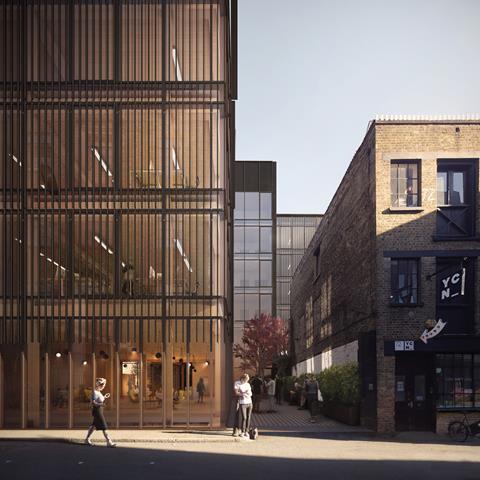
What challenges are facing architects today when it comes to product specification? How are they tackling them? And what can manufacturers do to help? Building Design surveyed over 300 architects to find out. Here are some of the main challenges.

The construction industry has undergone almost unprecedented change over the past two years. The pandemic changed how people work, probably permanently, and compelled many to reevaluate their priorities.
The disruption caused by covid is having a knock-on effect on materials availability and prices, affecting specifiers and contractors alike. Brexit is likely to continue to dent materials availability, with full customs declarations implemented from the beginning of 2022.
The introduction of the UKCA mark in January 2023 could cause further disruption as the new certification requires expensive testing and the UK lacks test capacity.
Other changes include meeting net zero targets, forcing specifiers to think about the whole-life carbon impacts of projects for the first time. Whole-life carbon assessments, which evaluate the upfront, operational and end-of-life carbon impacts, are increasingly being requested by clients and are now a planning requirement on larger schemes in London. In turn, designers are asking manufacturers for environmental product declarations (EPDs).

The industry is also still grappling with the fallout from the Grenfell disaster. Many insurers and lenders are wary of buildings with timber structures making it more difficult to meet net zero. The Building Safety Bill will also change the way tall buildings are designed, delivered and operated.
Architects are under pressure from all sides. They must liaise with clients, other consultants and contractors whilst negotiating the planning system, building and other regulations. Plus, the buildings they design must look good, function effectively and be energy-efficient and durable.
The number one trend affecting architects is the net zero agenda, with 47% of architects citing this in an open question. Fire safety is also an issue, particularly for bigger firms, followed by modern methods of construction.

When asked what had had the most impact on specification over the past year, 44% of architects said net zero had brought a big change and 46% some change. The second-most impactful issue has been building regulations. Architects expect net zero specification issues to ramp up over the coming year, with 59% saying they expected this would bring big change.
Architects say the specifics of meeting the targets are exercising them; challenges include how to work out the embodied carbon impacts of materials and the whole-life carbon assessments of designs. Keeping clients who aspire to low-carbon buildings on board once they understand there is a premium to be paid was cited as another challenge.
Request a comprehensive breakdown of the data that has been released in Building Design’s Product Specification Report 2022 here.
















No comments yet